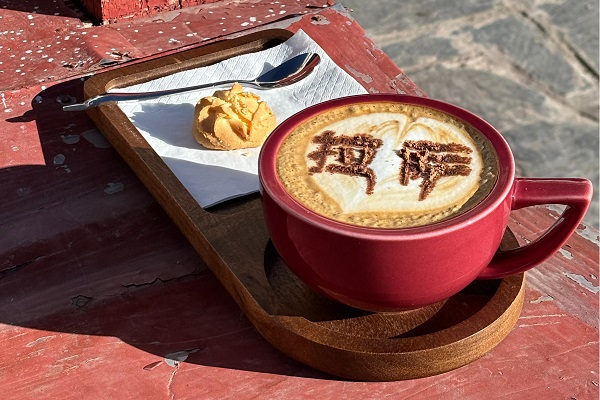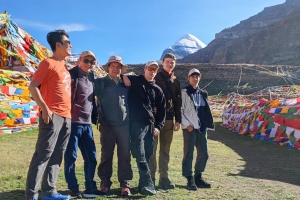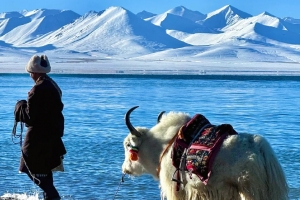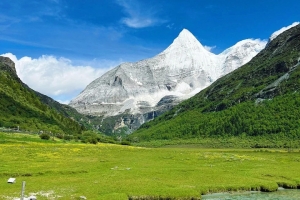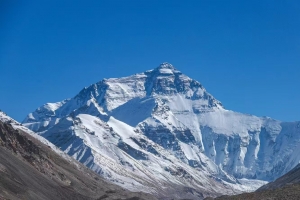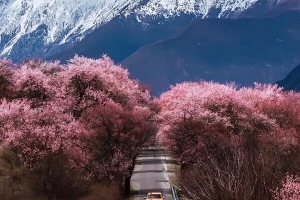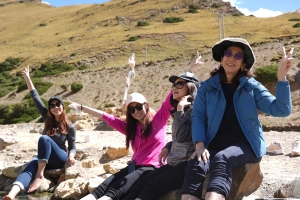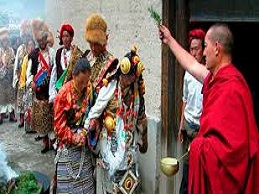Tibet is a land of breathtaking landscapes, spiritual serenity, and unique culinary culture. But just like any destination touched by tourism, it comes with its share of overpriced, underwhelming dining spots. While Tibetan food can be a heartwarming experience, nothing dulls a travel day quite like a forgettable meal. This guide will help you steer clear of unremarkable experiences and discover the kind of flavour that deepens your journey.
The Tourist Trap Red Flags
Menus Made for Foreign Eyes
Be wary of restaurants that seem more interested in aesthetics than authenticity — menus plastered with glossy food photos and simplified English descriptions often prioritise convenience over quality. While some cafés and eateries strike a brilliant balance between accessibility and culinary care (shout out to the ones who do it right), many of these places coast on location alone.
Instead, look for menus in Tibetan or Chinese, perhaps with modest translations — a sign that locals are the main clientele.
Overenthusiastic Hosts
It’s not uncommon to see staff outside restaurants calling to passersby. While friendliness is never a sin, the most beloved local spots usually don’t need to wave you in — the food does the convincing. A steady flow of regulars, visible steam from the kitchen, and content chatter from inside are far better indicators of a worthwhile stop.
Price Expectations: What’s Fair?
Eating well in Tibet doesn’t need to empty your wallet — but knowing what’s reasonable helps avoid disappointment.
Local Eateries and Teahouses
-
Simple meals (thukpa, momos, stir-fry noodles): ¥20–¥50 ($3–$7)
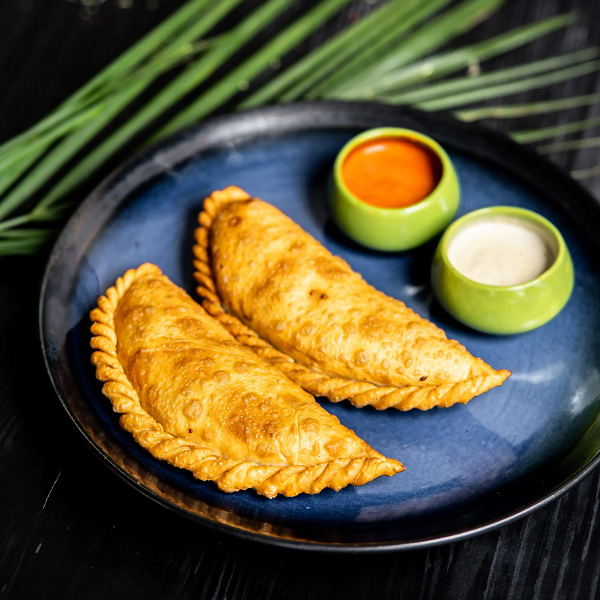
-
Tea and snacks: ¥5–¥15 ($0.70–$2)
Mid-Range Restaurants
-
Meal with a couple of dishes: ¥40–¥80 ($5–$11)
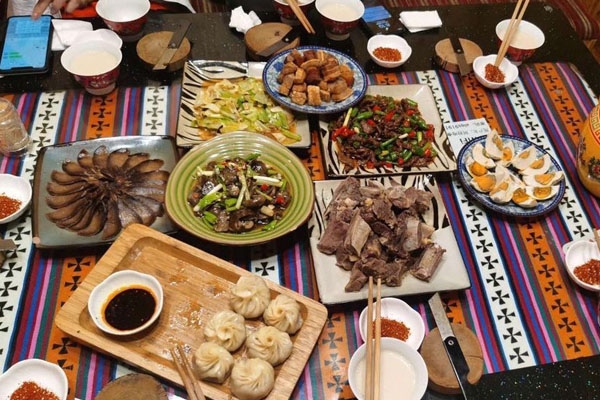
-
Expect more variety here: yak meat, spicy hotpot, or Chinese fusion.
Quality Cafés and Modern Eateries
-
Mains like yak burgers or Tibetan-Western fusion: ¥70–¥150 ($10–$21)
-
Drinks (coffee, milk tea, etc.): ¥30–¥60 ($4–$8)
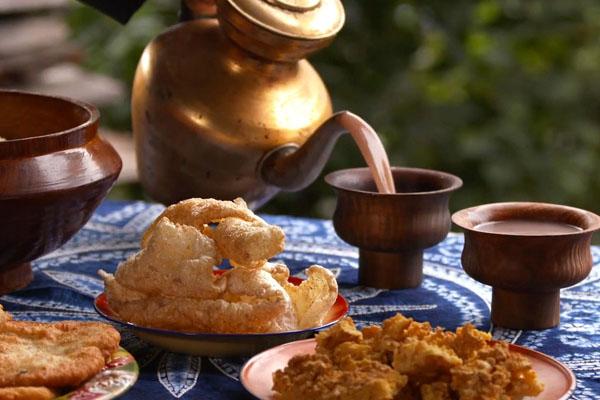
These cafés often offer a peaceful atmosphere, decent Wi-Fi, and a chance to relax over a thoughtfully crafted plate. If you’re paying more in these spaces, you’re often investing in quality ingredients, staff training, and ambience — all part of a good café experience.
How to Spot a Good Spot (Besides Reading This)
Trust Your Senses
Good food has a way of announcing itself:
-
Fragrant stews or grilled yak meat wafting down the street.
-
Visible cooking — pots steaming, dumplings being folded.
-
A dining room filled with locals who eat slowly and talk freely.
Use Digital Tools Wisely
Apps like Dianping (大众点评) or even Google Maps reviews (if accessible) are surprisingly helpful. Look beyond stars — read the photos, spot regular diners, and trust repeated praise of particular dishes.
Go Where the Locals Go
It bears repeating: follow the locals. Near temples and tourist streets, it’s fine to stop for convenience or a quiet café break. But for meals, walk a few blocks into residential or business areas. Look for canteens or family-run eateries — the kind where workers or elders are tucking into steaming bowls without fanfare.
And don’t be afraid to peek into a place that looks a bit rough around the edges — some of the best food hides behind humble doors.
Specialty Over Quantity
Avoid menus that try to please everyone: “yak steak, banana pancake, spaghetti, thukpa.” Instead, find places that focus on a handful of dishes — those are often the family recipes or house specialities.
Tip: A small café that makes only five great things is better than a big one that does twenty badly.
Homestays, Teahouses, and Hidden Gems
Some of Tibet’s finest meals are never advertised — they’re served in homes, guesthouses, or little teahouses tucked behind side streets. These offer warm food, conversations, and the chance to try true local staples like tsampa, homemade momo fillings, or slow-cooked yak stew.
And if you’re visiting a café run by folks who care — not just about money, but about memory, culture, and flavour — don’t skip it. These places often serve as cultural bridges, mixing comfort with story.
Final Travel Dining Tips
-
Carry small notes — cash is king in many small eateries.
-
Drink tea regularly — it helps digestion and keeps you hydrated in the dry air.
-
Go light on oily or spicy food at high altitudes until your body adjusts.
-
Observe meal times — locals eat earlier, and good places close early.
A Word to the Wise (and Hungry)
Tibetan food is not just fuel — it’s a ritual. A good meal on the plateau can warm your soul, especially when it comes from someone who cooks with care.
As café owners ourselves, we understand the difference between food that fills the stomach and food that fills the heart. If you find yourself in a good café — one where the butter tea is frothed just right, the yak burger is juicy, and the staff genuinely care — settle in. That’s more than just a meal. That’s travel done right.
And if you ever stumble into our little corner of the world, coffee or tea’s on us. Just don’t ask for the spaghetti. 😉

